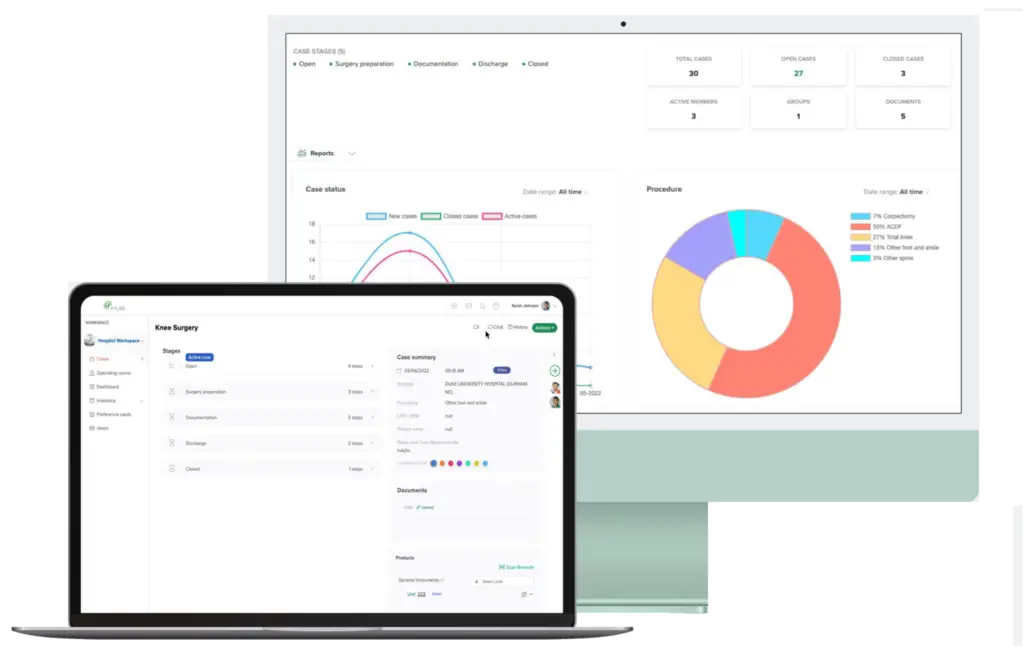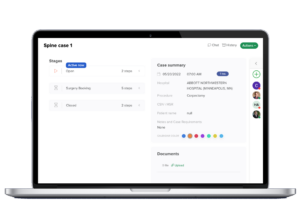Navigating the complexities of CMS (Centers for Medicare & Medicaid Services) audits is a significant challenge for healthcare administrators. These audits are essential for ensuring compliance with federal regulations and maintaining the integrity of healthcare services. However, the intricate requirements and the potential consequences of non-compliance can be daunting. This post will provide a comprehensive guide to help healthcare administrators understand and effectively manage CMS audits, ensuring smooth operations and continued compliance.
Understanding CMS Audits
What is a CMS Audit?
CMS audits are evaluations conducted to ensure that healthcare providers comply with Medicare and Medicaid regulations. These audits aim to detect and prevent fraud, waste, and abuse in the healthcare system. They assess the accuracy of claims, the quality of care provided, and adherence to federal guidelines.
Types of CMS Audits
- Risk Adjustment Data Validation (RADV) Audits: These audits verify the accuracy of the diagnosis codes submitted by Medicare Advantage organizations.
- Comprehensive Error Rate Testing (CERT) Audits: These audits measure the accuracy of Medicare fee-for-service payments.
- Payment Error Rate Measurement (PERM) Audits: These audits review Medicaid and CHIP programs to ensure payment accuracy.
- Medicare Advantage and Prescription Drug Plan Audits: These audits evaluate the compliance of Medicare Advantage and Part D plans with CMS requirements.
Preparing for a CMS Audit
Assemble an Audit Team
Creating a dedicated audit team is crucial. This team should include members from various departments such as compliance, billing, medical records, and clinical staff. Their collective expertise will be vital in addressing different aspects of the audit.
Conduct Internal Audits
Regular internal audits help identify potential issues before they become significant problems during a CMS audit. Use these internal reviews to ensure compliance with CMS regulations and correct any discrepancies.
Maintain Accurate and Organized Records
Accurate documentation is key to a successful audit. Ensure that all patient records, billing information, and compliance documents are up-to-date and easily accessible. Implement a robust document management system to streamline this process.
Educate Staff
Training staff on CMS guidelines and audit procedures is essential. Conduct regular training sessions to keep everyone informed about the latest regulations and best practices for maintaining compliance.
During the CMS Audit
Cooperate with Auditors
Cooperation is crucial during an audit. Provide auditors with the necessary documents and information promptly. Answer their questions honestly and accurately.
Monitor the Audit Process
Assign a point person to liaise with the auditors. This individual should monitor the audit process, ensuring that it progresses smoothly and that any issues are addressed promptly.
Address Issues Immediately
If auditors identify any discrepancies or areas of non-compliance, address these issues immediately. Quick resolution can prevent minor problems from escalating into significant compliance violations.
Post-Audit Actions
Review the Audit Findings
After the audit, review the auditors’ findings carefully. Identify areas where your organization excelled and areas that need improvement.
Implement Corrective Actions
Develop and implement a corrective action plan to address any deficiencies identified during the audit. This plan should outline specific steps to prevent future compliance issues.
Continuous Improvement
CMS regulations are constantly evolving. Stay informed about regulatory changes and continuously improve your compliance processes. Regularly update your internal audit procedures to reflect new guidelines.
Conclusion
CMS audits are a critical component of maintaining compliance and ensuring the integrity of healthcare services. By understanding the audit process, preparing thoroughly, and addressing issues promptly, healthcare administrators can navigate these audits successfully. Regular training, accurate documentation, and continuous improvement are key to staying compliant with CMS regulations.
How HUB Healthcare Can Help
HUB Healthcare offers a comprehensive solution designed to enhance communication in healthcare, streamline care coordination, and improve overall workflow efficiency. Our platform includes features such as medical case management software, healthcare document management, and healthcare analytics to ensure that all aspects of patient care are optimized. By leveraging HUB Healthcare’s robust tools, organizations can reduce workflow bottlenecks, automate repetitive tasks, and facilitate better collaboration among healthcare providers. This not only improves work quality but also enhances patient outcomes, making HUB Healthcare an essential partner in achieving healthcare excellence. Care Coordination








